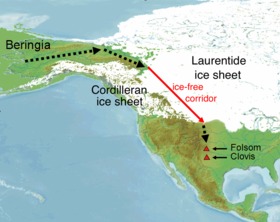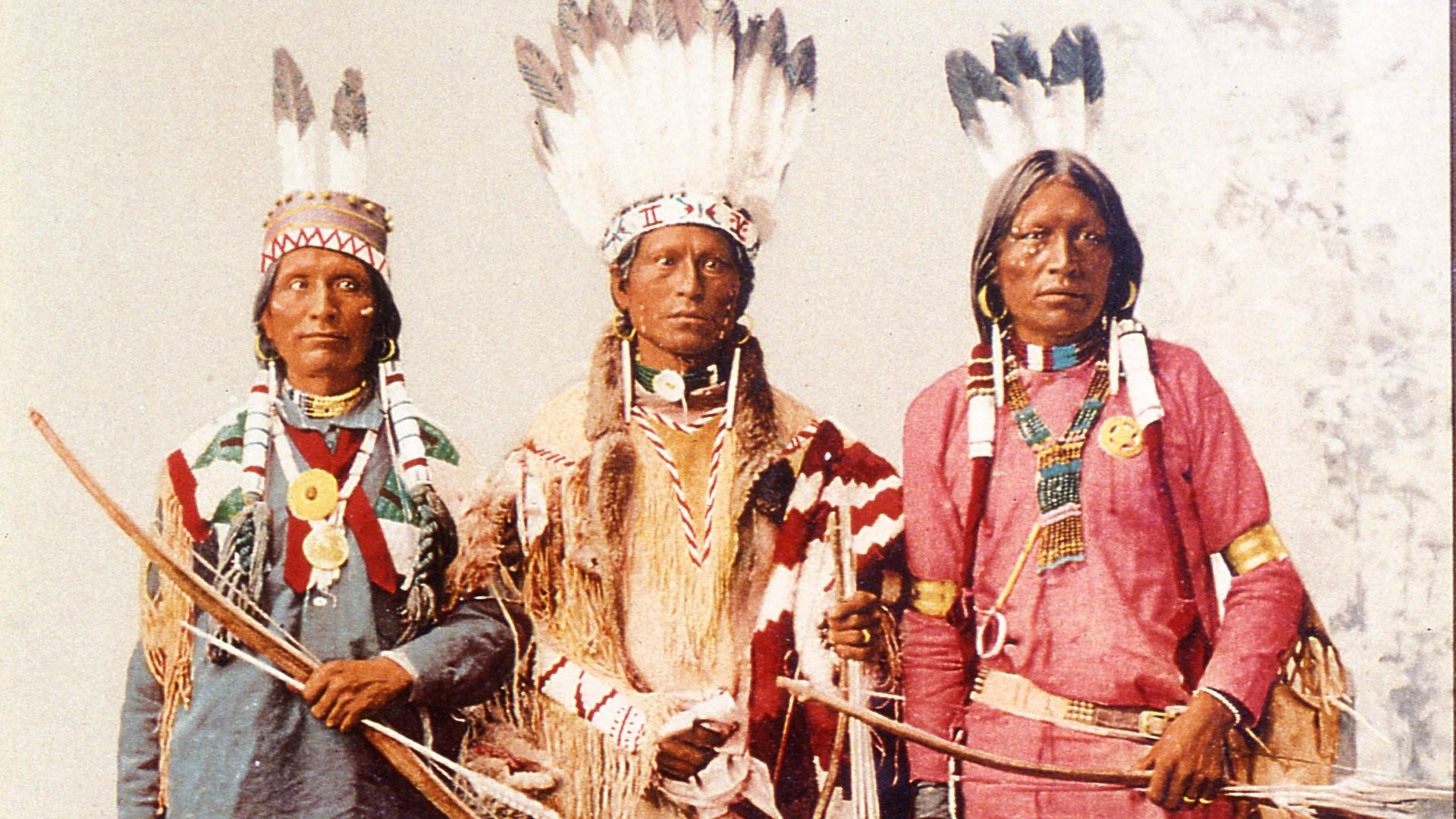How long have native americans been living in america? This blog post explores the enduring presence of Native Americans in America, spanning over 15,000 years. It highlights their profound cultural impact and the deep connection they share with the land.
The article aims to bring attention to the often overlooked stories of resilience and contributions of Native American communities throughout history. Join us in uncovering these untold chapters of American heritage.
How long have native americans been living in america?

European Alleles and the Indigenous Tapestry
Upon arrival, European alleles seamlessly integrated with the indigenous population, perpetuating a genetic fusion that persists to this day.
European DNA now weaves through the fabric of the Americas, transcending even the most remote and isolated tribes. Yet, preceding Columbus’s voyage, these continents were already teeming with life.
The indigenous people did not have an uninterrupted presence nor did they originate there, as some traditions suggest. Nevertheless, they had laid claim to these American lands for over 20,000 years.
The Beringian Gateway: Portal to a New World
The epicenter of this enigmatic migration lies in the north, where Alaska and Russian land are divided by the formidable Bering Strait.
Islands punctuate these frigid waters, with U.S. citizens of Little Diomede catching glimpses of their Russian neighbors on Big Diomede, a mere two miles and an International Date Line away. From December to June, the once turbulent waters solidify.
The Last Glacial Maximum: A Frozen Odyssey
Between 30,000 years ago and roughly 11,000 B.C., the Earth succumbed to a glacial embrace, drawing the seas into colossal glaciers and ice sheets that sprawled from pole to pole.
This era, known as the Last Glacial Maximum, marked the zenith of the most recent Ice Age. By extracting mud cores from the seabed, we unveil a chronicle of the land and the seas, discerning shifts in oxygen concentrations and uncovering ancient pollen deposits from the flourishing flora.
This evidence suggests that sea levels plummeted to a range of 60 to 120 meters below current levels. Thus, a contiguous expanse of solid ground connected Alaska to Russia and further south to the Aleutian Islands, a crescent of volcanic jewels adorning the northern Pacific.
Bridging Continents: The Beringian Odyssey
The prevailing hypothesis surrounding the migration to the Americas revolves around this colossal landmass.
While we dub it a land bridge, it was, in truth, an expansive tract of continuous land, stretching thousands of miles from north to south. It only earns the term “bridge” when juxtaposed with the straits of today.
This region is known as Beringia, and the intrepid pioneers who traversed it, the Beringians. These were unforgiving terrains, sparsely vegetated with shrubs and herbs. To the south, boreal woodlands thrived, while at the coastline, kelp forests and seals reigned.
Tracing the Footsteps: Archeological Insights
Archaeological findings affirm that Western Beringians dwelled near the Yana River in Siberia as early as 30,000 B.C.
Debate has swirled regarding the precise moment these pioneers ventured to the eastern shores, and subsequently, the point at which rising seas isolated them as the foundational inhabitants of the Americas.
Clues emerge from sites in the Yukon, such as the Bluefish Caves, nestled 33 miles southwest of Old Crow village.
See more: https://oavintage.com/
Ancestral Echoes: Pioneers of the Americas
Recent radio-dating analyses of remnants within the Bluefish Caves point to human presence 24,000 years in the past. Over the span of 12,000 years, these pioneers dispersed across every corner of the continents, laying the foundation from which all future Americans would emerge until 1492.
In this narrative, our focus turns to North America, probing what we have unearthed thus far, what genetics unveil, and why certain mysteries persist.
Tribes and Cultures: A Mosaic of Pre-Columbian America
Preceding Columbus’s arrival, the Americas were a patchwork of tribal enclaves spanning both north and south continents. Scores of distinctive cultures have been identified based on age, locale, and technological advancements.
Through modern lenses of understanding, including genetics and linguistics, scholars have posited various migration patterns from Beringia into the Americas.
The passage of time has suggested multiple waves of migration, or the gradual dissemination of a particular people with specialized technologies, extending from north to south.
How old are the Native Americans of the US?

Unveiling Millennia-old Narratives
The vast expanse of North America once cradled a tapestry of Paleo-Indian cultures, each leaving its mark on the land. From the Great Plains to the Great Lakes, and even further West and Southwest, these ancient civilizations thrived. According to the oral legacies of Indigenous peoples, their roots run deep in this continent, woven into the fabric of traditional creation tales. Some tribes recount epic migrations across vast landscapes, crossing a grand river that is believed to be none other than the mighty Mississippi River. Genetic and linguistic evidence intricately connects these Indigenous communities with their ancient counterparts in Northeast Asia. Through the lens of archaeology and language, we unveil the stories of their migrations within the Americas.
Echoes of Pre-Clovis Settlements
The Gault site near Austin, Texas, echoes with the whispers of pre-Clovis peoples, who established their presence some 16,000–20,000 years ago. This archaeological treasure trove paints a vivid picture of ancient Texan life. Further evidence of pre-Clovis cultures emerges from the depths of the Paisley Caves in south-central Oregon, alongside mastodon remains discovered in a sinkhole near Tallahassee, Florida. More intriguingly, the enigmatic Monte Verde in Chile offers controversial yet compelling evidence of another pre-Clovis civilization.
Clovis Culture: Masters of Megafauna
The Clovis culture, renowned for their prowess in hunting megafauna, etched their legacy with fluted spear points. Unearthed near Clovis, New Mexico in 1932, these artifacts signify a thriving culture that spanned North and parts of South America. The hallmark of this civilization lies in the distinctive Clovis point—a flint spearhead, notched and fluted for attachment to a shaft. The dating of Clovis materials hinges on associations with animal bones and advances in carbon-dating techniques. Recent reevaluations place Clovis at 11,050 to 10,800 radiocarbon years B.P. (approximately 9100 to 8850 BCE).
Folsom Tradition: Bison, Spears, and Millennia-old Skills
The Folsom tradition is characterized by the mastery of Folsom points as projectile tips, linked to sites where bison met their fate. Between 9000 BCE and 8000 BCE, this ancient tradition thrived, leaving behind a legacy of skill and precision.
Na-Dené Peoples: Pioneers of North America
Around 8000 BCE, Na-Dené-speaking peoples embarked on a journey into North America, gradually making their way to the Pacific Northwest by 5000 BCE. This linguistic, anthropological, and archaeological journey paints a distinct migration narrative, separate from the first wave of Paleo-Indians.
Their passage led them through Alaska and northern Canada, tracing the contours of the Pacific Coast, penetrating the heart of Canada, and reaching the expanses of the Great Plains and American Southwest.
These pioneers paved the way for the Athabascan-speaking descendants, including the Navajo and Apache of both past and present. Their villages bore witness to grand multi-family dwellings, employed seasonally for hunting, fishing, and gathering the winter’s sustenance, rather than year-round habitation.
In this comprehensive exploration, we’ve journeyed through the annals of time, tracing the indelible imprints of ancient cultures across North America. From the enigmatic Clovis culture to the enduring legacy of the Na-Dené-speaking pioneers, each chapter in this saga unveils a unique tapestry of human history.
How did the Native Americans get to America?

Tracing the Origins: Asia’s Influence on Amerindian Ancestry
The journey of the First Amerindian Natives, believed to have traversed from Asia, unfolds a fascinating narrative. This migration is thought to have taken place between 30,000 and 12,000 years before the present (BP), facilitated by the ancient Bering land bridge. This hypothesis is substantiated by profound cultural, morphological, and genetic parallels observed between American and Asian populations. Within Asia, both Siberia [1] and Mongolia [2,3] emerge as the primary contenders for the cradle of this extraordinary journey.
Greenberg’s Triple Migration Theory: A Pioneering Insight
In the annals of Amerindian migration, Greenberg introduced the groundbreaking triple migration theory, shedding light on the peopling of the Americas. According to this theory, the migration unfolded in three distinct waves:
Amerindians (12,000 years BP): Encompassing the majority of North and South American Indian populations.
Na-Dene (8,000 years BP): Encompassing groups such as the Athabascans, Navajo, and Apache.
Eskimo-Aleuts (6,000 years BP): Representing the final wave of migration.
Initial research, predating the widespread utilization of Y Chromosome (Y Chr) and other nuclear DNA markers, supported this three-wave model in population studies . However, subsequent mtDNA studies have presented conflicting perspectives. Some scholars posit a single migration originating from Mongolia or North China as the progenitors of the First Native American ancestors [2,3].
Unveiling the Genetic Tapestry: Insights from DNA Markers
The study of DNA markers, particularly the Y Chromosome, has been pivotal in unraveling the complex narrative of Native American ancestry. Initial observations suggested the existence of a dominant paternal haplotype shared among both North and South American Native populations. Yet, further exploration into Y Chromosome studies revealed a more intricate scenario. It became evident that multiple paternal founder haplotypes made their way to America during different migratory waves, with Siberia being a probable point of origin [12,13]. For a visual representation, refer to Fig. 11.
In summary, the journey of the First Amerindian Natives stands as a testament to human resilience and adaptability. Through a meticulous study of genetic markers, coupled with cultural and morphological parallels, we continue to peel back the layers of this captivating narrative, painting a vivid portrait of our ancient predecessors’ remarkable odyssey across continents.
Were Native Americans around 10,000 years ago?
Tracing 13,000 Years of History
For over 13,000 years, Northeast Ohio has been home to indigenous communities. Unfortunately, the names they called themselves remain lost to time, as their histories were passed down orally rather than being documented in writing. To unravel the enigma of their existence, archaeologists embark on a quest for answers.
Delving into the Past
Archaeologists meticulously sift through layers of earth, sifting through the remnants of bygone eras. Among these tangible remnants are stone tools, fragments of pottery, preserved seeds, and discarded animal bones. Each of these items provides a vital clue to the dietary habits of ancient peoples.
Insights into Daily Life
The burnt stones and the remnants of wooden posts that are unearthed shed light on the intricacies of ancient homelife. These charred fragments serve as a testament to the ancient hearths and structures that once stood in Northeast Ohio.
Traces of Spiritual Beliefs
Interspersed amidst the physical remnants are objects that offer glimpses into the spiritual beliefs of these ancient inhabitants. Each artifact holds a story, a reflection of a faith system that guided their lives.
By meticulously unearthing and studying these artifacts, we gain valuable insights into the lives and cultures of the indigenous peoples who called Northeast Ohio home for millennia. Through these remnants of the past, we begin to piece together a narrative that honors their legacy and preserves their memory for generations to come.
Native Americans have inhabited America for over 15,000 years, establishing rich, diverse cultures across the continent. Their deep-rooted history predates European arrival, showcasing a profound connection to the land. Despite centuries of adversity, they persist, contributing immeasurably to American heritage. Recognizing their enduring presence is crucial for a complete understanding of the nation’s past and present.



